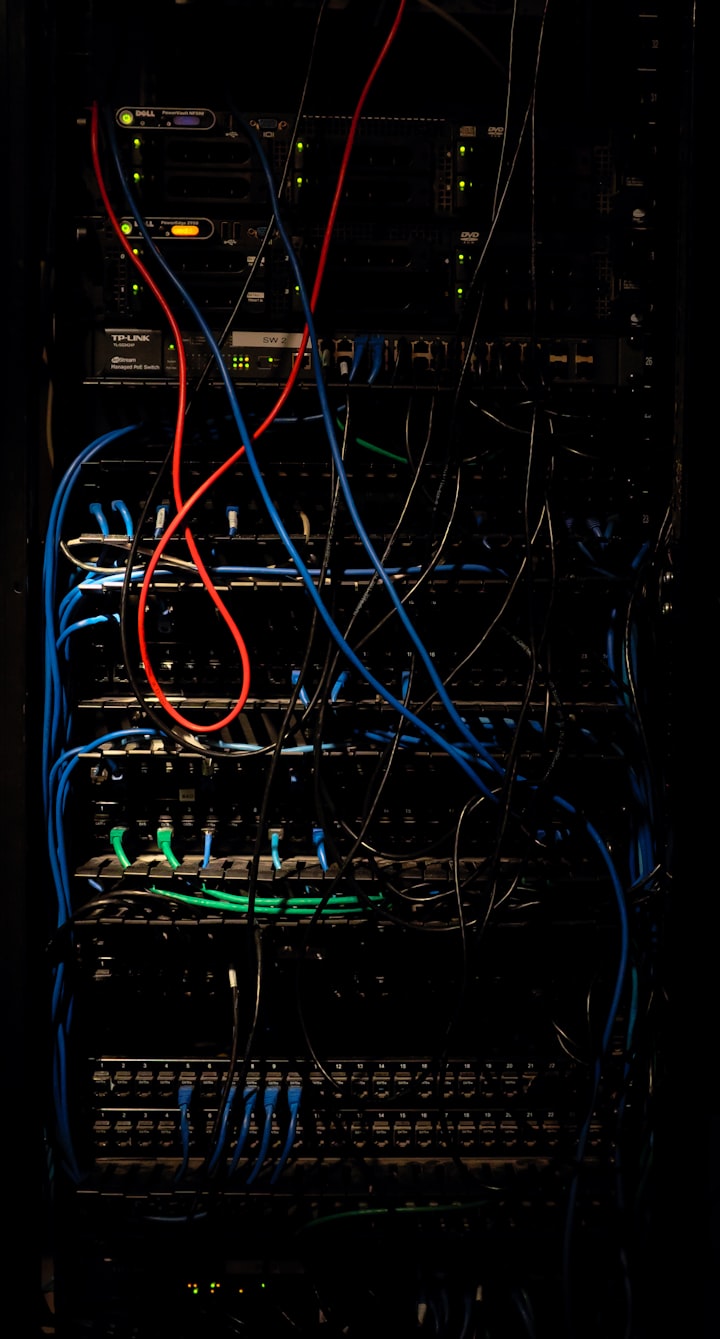
The hen, also known as a domestic chicken, is a domesticated bird that is widely kept for its eggs, meat, and feathers. It is a descendant of the wild red junglefowl (Gallus gallus) which is native to tropical forests in Southeast Asia.
The domestication of the chicken is thought to have occurred around 8,000 years ago in China and Southeast Asia. The birds were kept for their eggs and as a source of food, and were also used for religious rituals and as a symbol of wealth and status. The domesticated chicken then spread to other parts of the world, including Europe and Africa, through trade and migration.
Chickens come in a wide variety of breeds, each with its own unique characteristics. Some breeds are known for their egg-laying abilities, while others are raised for their meat. Popular egg-laying breeds include Rhode Island Reds, Leghorns, and Plymouth Rocks. Meat breeds include Cornish Cross, Jersey Giant, and Plymouth Rock.
Hens typically lay one egg per day, and can lay eggs for up to two years. They are able to lay eggs even if they are not fertilized, which is why most eggs found in grocery stores are not fertilized. Hens that are used for meat production are typically raised for about 6-8 weeks before being slaughtered.
Hens are social animals and are known to form strong bonds with their flockmates. They communicate with one another through a variety of vocalizations, and will often preen each other as a bonding ritual. Hens also have a hierarchy within the flock, with a dominant bird, also known as the "alpha hen," at the top.
Hens are also known for their maternal instincts, and will often adopt other chicks, even if they are not their own. They will also protect their eggs and chicks from potential predators.
In modern times, the keeping of hens in large commercial operations, also known as factory farming, has become a controversial issue. These operations often keep chickens in overcrowded and unsanitary conditions, leading to a range of welfare concerns such as lack of space, light and proper nutrition. These issues have led to the rise of more humane alternatives, such as free-range and organic farming, where chickens are allowed to have more space, access to the outdoors and better living conditions.
In recent years, there has also been an increase in the popularity of backyard chicken keeping. This trend is driven by a growing interest in sustainable living, local food production, and the desire to know where one's food comes from. Backyard chickens are often kept in small flocks, and are able to forage for food and live in more natural conditions.
Overall, the hen is a domesticated bird that has played an important role in human society for thousands of years. It is a valuable source of food and has been used for religious rituals and as a symbol of wealth and status. With the rise of factory farming, the welfare of hens has become a concern and it has led to the rise of more humane alternatives such as free-range and organic farming. Backyard chicken keeping is also becoming more popular, as people seek to connect with their food source and live more sustainably.
An outline for an article about hens might include the following elements:
Introduction: Provide background information on the hen, including its scientific name, origin, and domestication history.
Breeds: Describe the different breeds of hens and their unique characteristics, such as egg-laying abilities or meat production.
Egg Laying: Explain the egg-laying process and how many eggs hens typically lay per day.
Chicken Meat Production: Describe how hens are raised for meat and the typical timeline for slaughter.
Social behavior: Describe the social behavior of hens, including their communication, bonding rituals, and hierarchy within a flock.
Maternal Instincts: Describe the maternal instincts of hens and how they protect their eggs and chicks.
Factory Farming: Discuss the controversy surrounding factory farming and the welfare concerns associated with it.
Alternatives: Describe more humane alternatives to factory farming, such as free-range and organic farming.
Backyard Chicken Keeping: Discuss the trend of backyard chicken keeping, including the reasons why people choose to keep chickens in their backyard.
Conclusion: Summarize the main points of the article and the significance of the hen in human society.






Comments
There are no comments for this story
Be the first to respond and start the conversation.